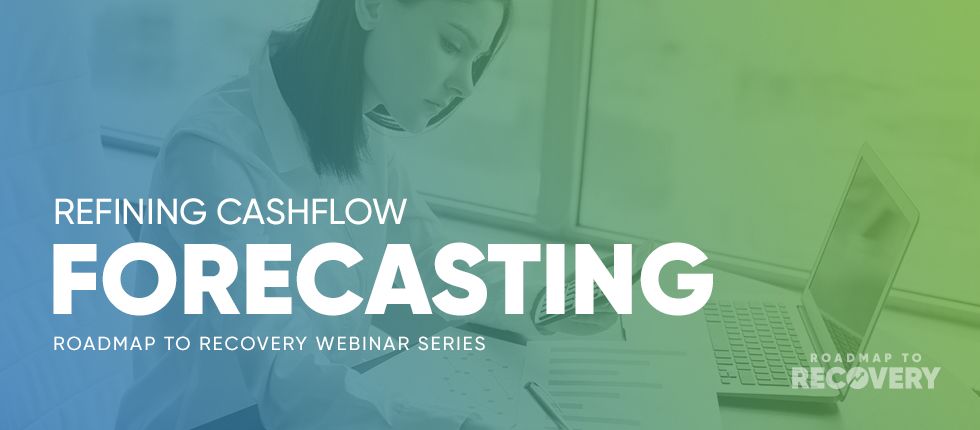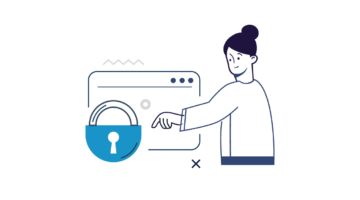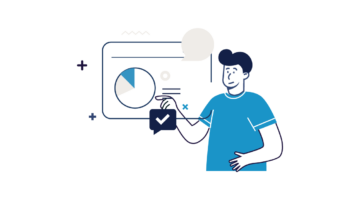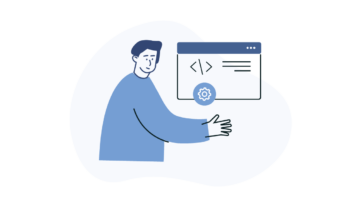Roadmap to Recovery: Refining Cashflow Forecasting
Cashflow forecasting is the next step on your business’ roadmap to recovery. Your cashflow forecast will help you determine how to move forward with your business. You can use your forecast make the best decisions for your company and its finances.
What is Cashflow Forecasting?
A cashflow forecast is a comprehensive financial model used to tracks a business’ access to cash. The model shows where your inflows and outflows of cash will be going for the next 13 weeks. Your forecast will be more accurate in the first several weeks than it will be near the end of the forecast. To keep everything up to date, the forecast should be updated weekly.
The forecast will track your inflows and outflows, which is crucial to understanding your breakeven point and modifying your business plan to accommodate the new economic landscape. It will also account for any existing debt you have and any interest payments on that debt. This allows for short-term liquidity planning and long-term budgeting. Both are especially crucial when facing down the fallout from the COVID-19 pandemic.
Why Cashflow Forecasting?
With a solid cashflow forecasting model, you can weigh the financial implications of decisions before you make them. Your forecast will account for inflows and outflows of cash, as well as inventory costs, accounts payable and receivable, bill payments and more. Knowing these details will help you set the stage for other difficult business decisions like cutting costs or consolidating debt.
By adjusting your forecast to reflect your potential business decisions, you can see everything from how the decision will affect you in the short term to a projection of how it will affect you in the long term. This is especially important in an ever-shifting economy. The forecast can also give you insight on whether and when you need to seek outside funding for your business.
Make Smarter Business Decisions
In the coming months, most of the business decisions you’ll have to make are big ones. You will have to consider things like changing up your operational structure and cutting production costs. Each of these decisions will have major financial implications for your business. Making these decisions doesn’t have to be a gamble with a cashflow forecast.
Your forecast is a dynamic model that can be adjusted to reflect how business decisions like bringing in outside funding or switching over to a different financial software will affect your business’ cash liquidity. With the forecast model, you can understand the ins and outs of every business decision you have to make before you actually make it. Smarter business decisions means more growth and stability for your business down the road.
Maximizing PPP Loan Forgiveness
One of the best features of the loans from the government’s Paycheck Protection Program (PPP) is the potential for loan forgiveness. While the federal government and the Small Business Administration (SBA) are still working on guidelines for what allocations will and will not be eligible for forgiveness, we do have some idea of what they will be looking for. The current guidelines state that 75% of your PPP disbursement must go toward payroll costs, which include compensation, benefits and leave time. The other 25% of your disbursement can go to other eligible costs like interest on mortgage payments or rent and utility payments.
Your cashflow forecast model can help you determine how you should allocate your PPP disbursement to not only maximize your loan forgiveness, but also help you determine which parts of your business need the money from the disbursement. As you move forward, you will understand how best to use your disbursement funding to help your business. You’ll also understand what implications the disbursement will have on the finances in other areas of your company.
Avoid Money Management Mistakes
Some of the most common money mistakes that business owners make include defaulting on liabilities, overstocking inventory and targeting the wrong market. Your cashflow forecast will keep you from making these common mistakes, especially with high stakes funding like a Paycheck Protection Program loan.
You can use the forecast to track your liabilities and make the best decision on when to pay them from which account. The forecast will also help you understand the dynamics of your inventory stock and how to handle them. Whether this means changing prices or shifting your product focus, the implications of the decision will be laid out before you, helping you avoid wasting money on shifts in inventory.
As the financial outlook in the economy changes, your target market may shift as well. You can use your cashflow forecast to adjust which markets you target and with which funding. You can also get a sense of the effect you are having on your targeted market as you update your forecast.
A cashflow forecast sets the stage for the rest of your COVID-19 business plan. In the coming weeks, our Roadmap to Recovery webinar series will also cover setting breakeven points and reestablishing post-pandemic budgets. As you continue to prioritize your business’ growth and stability, your cashflow forecast will be a crucial tool for reevaluating your business plan.



